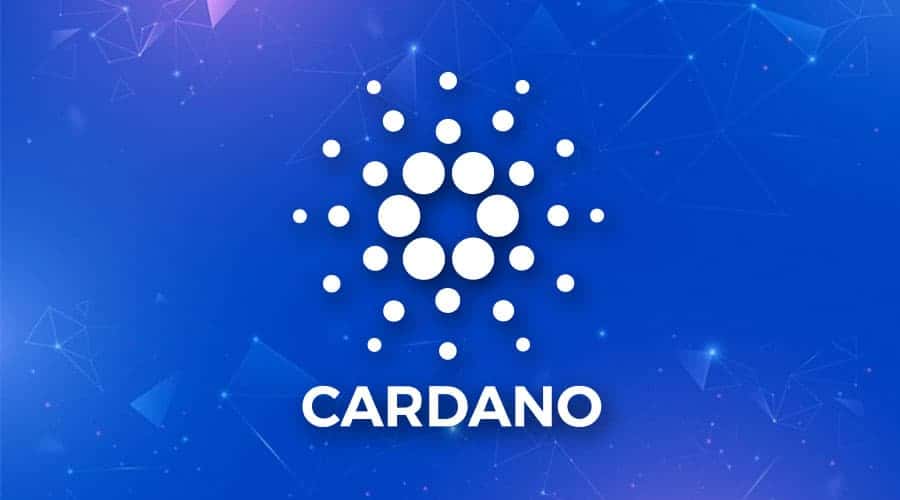Cardano ($ADA) uses the least amount of energy per node while using the most energy per transaction.
According to a new research report published by the Crypto Carbon Ratings Institute (CCRI), Cardano ($ADA) consumes the least amount of electricity per node while using the most electricity per transaction.
According to a report released on Wednesday (February 2) by CCRI, a research startup focused on the environmental impact of crypto assets, Cardano’s Proof-of-Stake (PoS) network consumes the most electricity per transaction at 52 watt-hours (Wh). However, the organization discovered that the network uses the least amount of electricity per node of any proof-of-stake project studied in the study.
The report’s conclusion was as follows:
This metric is determined by the number of transactions taking place on the respective blockchain, as well as the overall electricity consumption per transaction, which is determined by the number of nodes connected to the network. In general, regardless of the blockchain used, these figures are expected to decrease as transaction rates increase.
Cardano on the other hand emerged as the network with the lowest energy per node per year while Solana was blockchain with the lowest electricity …Polkadot, Cardano, Solana Forerun Bitcoin, Ether As Crypto Assets With Least Carbon … – ZyCrypto … https://t.co/R56pNOgTMX
— Christian (@FactorChengo) February 6, 2022
According to the CCRI report, Solana ($SOL) used the least amount of electricity per transaction of any PoS network, at 0.166 Wh. Only Solana, one of the six PoS networks studied in the study, ranked lower in energy-per-transaction than payments behemoth Visa, with 1.49 Wh. Algorand came in third place, trailing Visa, with 2.7 Wh, followed by Avalanche, Polkadot, Tezos, and Cardano.
According to CCRI, even in the absence of transactions, blockchain networks require electricity to power their hardware and run the software. As a result, as the number of transactions increased, all blockchains studied resulted in lower energy costs per transaction.
Despite having the lowest energy consumption per transaction, the study discovered that Solana had the highest carbon footprint, at 934 tonnes of CO2 per year, compared to 284 tonnes for Cardano.
